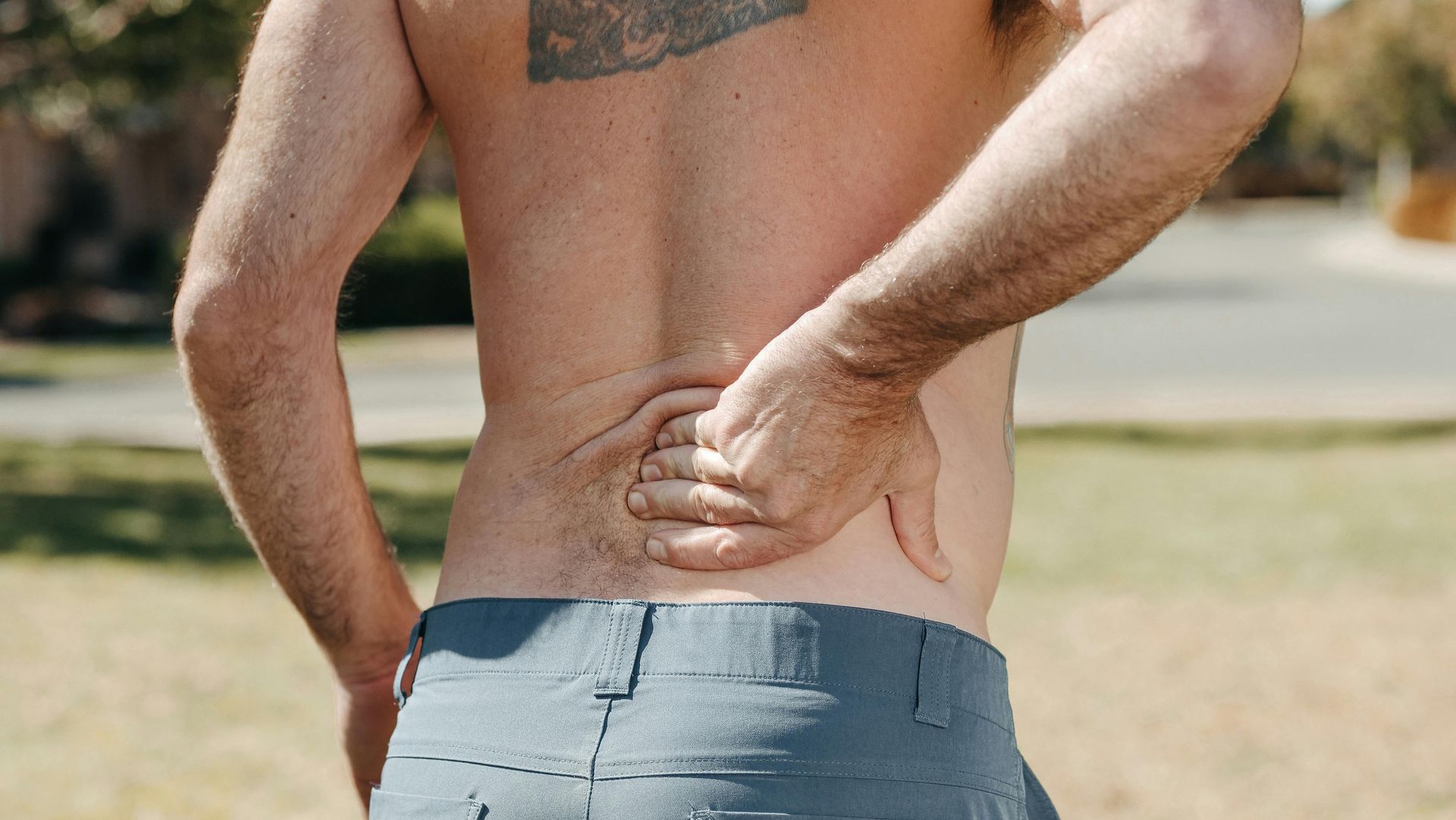Rethinking Periodisation for Advanced Natural Lifters: Strength, NME, and the Practical Natural Limit
Introduction
Conventional hypertrophy-to-strength periodisation is widely accepted as the optimal approach for intermediate and advanced lifters: build muscle for several months, then convert it into strength through low-rep neural work. While this may work well for beginners or enhanced athletes, natural lifters face physiological ceilings that make traditional cycles inefficient. After novice gains, further hypertrophy is minimal, and hypertrophy blocks often detrains neural adaptations or strength without meaningful new muscle.
We propose the concept of the practical natural limit — the point at which measurable monthly progress in a lift is no longer achievable despite optimised programming. Framing training around this limit allows natural lifters to maximise performance safely, without wasted cycles on negligible hypertrophy. A strength-first, problem-driven approach, focused on neural efficiency, stability, and recovery, offers a more efficient path to progress than rigid periodisation.
Neuromuscular Efficiency (NME)
Neuromuscular efficiency (NME) refers to the ability of the nervous system to recruit muscle fibres effectively to produce force. Lifters with low NME may struggle to express strength, even when muscle mass is adequate. Traditional hypertrophy ranges (6–12 reps) often fail to stimulate high-threshold motor units sufficiently, limiting strength expression for low-NME lifters.
For advanced naturals, emphasising heavier loads, lower reps, and accessory work that reinforces stability can produce more meaningful strength adaptations than extended hypertrophy phases. Training should target limiting factors directly, rather than following textbook rep ranges.
Limitations of Traditional Hypertrophy → Strength Periodisation
The classic periodisation model assumes that cycling between hypertrophy and strength phases maximises long-term gains. For natural, late-intermediate lifters, however:
- Hypertrophy blocks generate minimal new muscle and risk detraining neural and stability adaptations gained previously.
- Program-induced plateaus are often mistaken for physiological limits.
A problem-driven approach continuously targets strength, adjusting for recovery, CNS load, and mechanical weak points, allowing progress toward the practical natural limit without wasted phases.
Enhanced Athlete vs. Natural Perspective
Enhanced athletes can often tolerate suboptimal programming because pharmacological support compensates for neural inefficiencies and recovery limits. For naturals, rigid hypertrophy → strength cycles may waste potential, as physiological constraints dominate.
A common blind spot occurs when naturals transition to drugs: progress suddenly resumes, falsely validating the original periodisation. This demonstrates that observed gains post-enhancement are pharmacology-driven, not proof of the program’s superiority for natural training.
Defining the Practical Natural Limit
The practical natural limit is reached when measurable monthly progress cannot be achieved, despite optimised adjustments to frequency, volume, and intensity. While novel exercises or variations may slightly extend this limit, the risk-to-reward ratio for naturals makes it pragmatic to define a working performance ceiling, rather than pursuing an unattainable theoretical maximum.
By framing programming around this limit, natural lifters can progress efficiently without cycling through negligible hypertrophy phases that primarily detrain strength.
Training Implications
- Focus on strength and NME rather than chasing hypertrophy.
- Address limiting factors directly: neural efficiency, joint stability, and recovery management.
- Structure weekly and microcycle programming to allow safe, measurable gains.
- Employ low-rep heavy lifts for strength, supplemented with accessory stability or targeted hypertrophy work only as necessary.
This approach ensures that training remains aligned with the practical natural limit, maximising progress while minimising risk.
Return on Investment of Natural Training
Progress for natural lifters is slow, and pushing beyond measurable monthly gains increases injury risk disproportionately. Efficient programming prioritises continuous strength expression over rigid, textbook periodisation. Focusing on problem-driven adaptations rather than artificial hypertrophy → strength cycles produces higher ROI for natural athletes.
Conclusion
For natural, late-intermediate lifters, standard hypertrophy-to-strength periodisation often misrepresents performance potential. True progress is constrained by neural efficiency, stability, and recovery, not simply muscle mass. Framing training around the practical natural limit allows natural lifters to maximise measurable gains safely. A strength-first, problem-driven philosophy offers a more efficient and effective alternative to rigid periodisation, while acknowledging that enhanced athletes may experience different constraints.
© 2025 Sam Riddell. All rights reserved.


